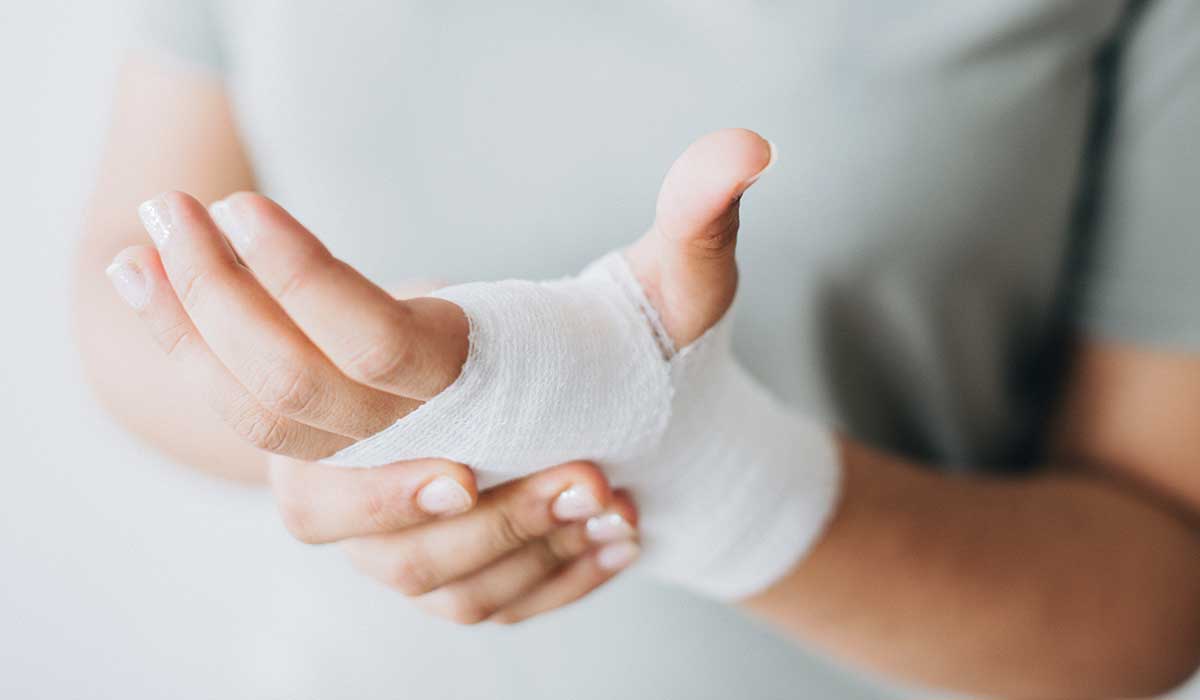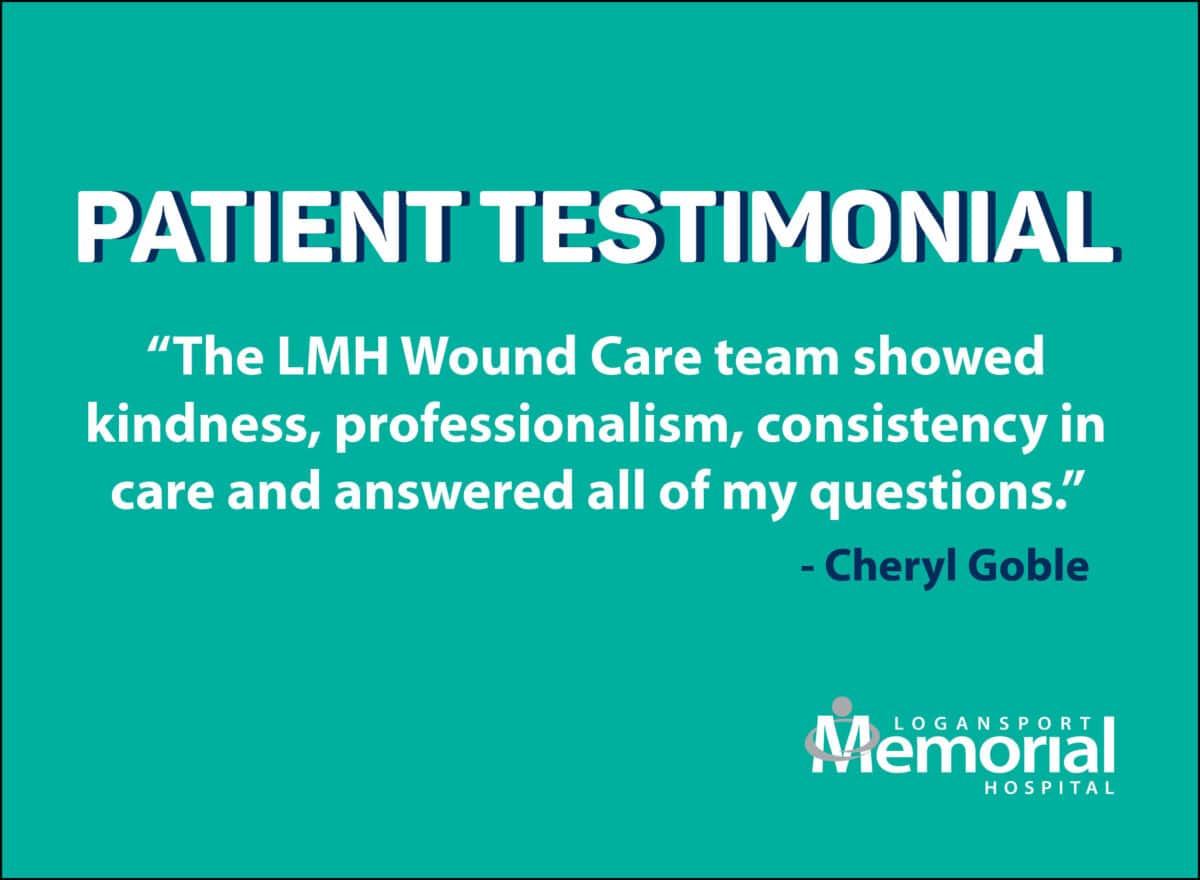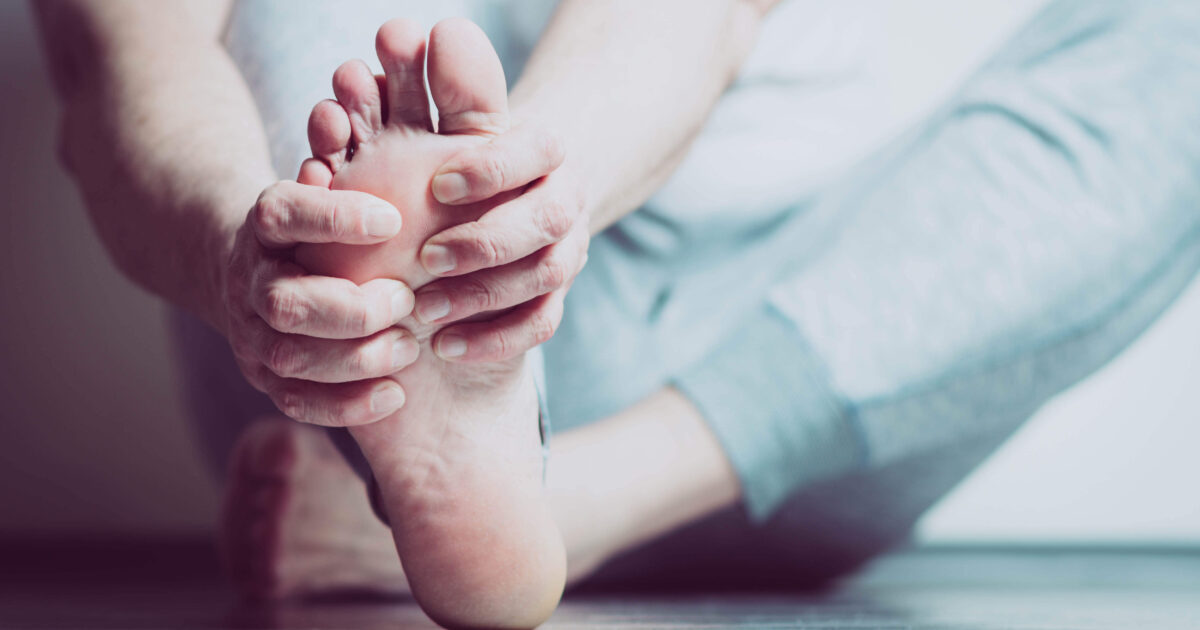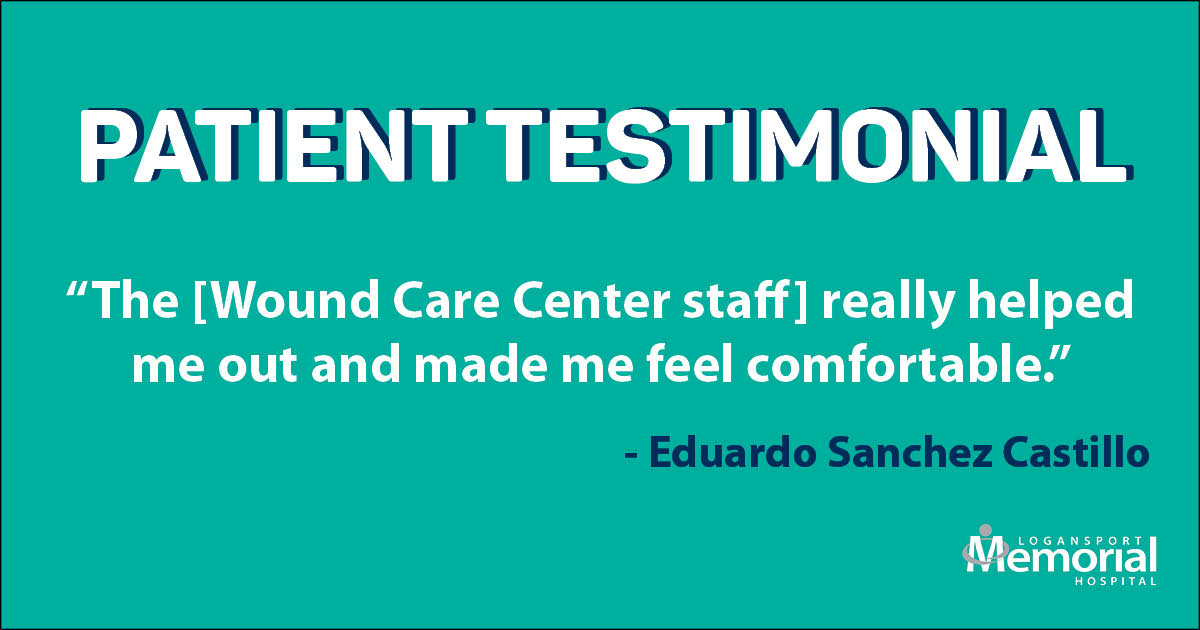
Whether you got a minor burn on your hand while taking a pan out of the oven—or something more serious—administering good burn wound care can help you heal from your injury and prevent infection.
This blog article discusses the causes of most burns, how to treat minor burns at home, and when to see a doctor for more severe burn wound care.
Common causes of burns
When you get burned, the heat destroys your skin cells and creates a blister that covers the injured area. Beneath that blistered layer, your white blood cells work to grow a new layer of skin. Burns are among the most common injuries in homes and the workplace.
According to the American Burn Association, about 500,000 burn injuries are treated every year, with the most common causes being:
- Contact with a fire or flame
- Scalding injuries from steam or hot liquids
- Electrical burns
- Chemical burns
- Car fires
Why is burn wound care important?
Burn wound care is always vital for safe healing and to prevent scarring. The more serious the burn, the more critical it is to administer proper care.
With severe burns, the new skin can’t grow fast enough to keep bacteria out, which can sometimes cause an infection. Because of this, some serious burns may need to be treated with skin grafts.
Get a copy of our free wound care guide
How a burn’s severity is categorized
Burns are categorized by their severity, from first-degree to fourth-degree burns, as follows:
First-degree burn
- The least severe
- Only affects the outer layer of skin
Second-degree burn
- Affects deeper layers of the skin
- Typically causes blisters
Third-degree burn
- Serious damage to all layers of the skin
- Burned areas may be black, brown, or white
- Can destroy nerves and cause numbness
Fourth-degree burn
- Same damage as a third-degree burn but may also involve bones and joints
You can treat most first-degree and second-degree burns (smaller than three inches in diameter) at home. Third- and fourth-degree burns should be considered a medical emergency, and you should immediately go to the hospital for treatment.
First aid tips for treating minor burns at home
Minor burns can take a week or two to heal and typically don’t cause scarring. Burn wound care aims to reduce pain, prevent infection, and help the skin heal faster.
The following home remedies can help your minor burn heal safely:
- Run cool (not cold) water over the wound for several minutes
- Wash the burned area with mild soap and water
- Apply a cool compress or clean wet cloth over the area to relieve pain and swelling
- Apply antibiotic ointment to a sterile dressing or cloth and cover the burn
- Take an over-the-counter pain reliever such as ibuprofen (Motrin, Advil) or naproxen (Aleve)
- As your burn begins to heal, you can apply aloe vera to soothe the area and promote healing
- Keep your burn covered and out of direct sunlight
When to see a doctor for burn wound care
More severe burns should be treated by a medical professional. You should see a doctor if you believe you may have sustained a third- or fourth-degree burn or you notice any of the following:
- The burn affects an area larger than three inches in diameter
- You are burned on your face, hands, buttocks, or groin area
- The location of your burn becomes more painful or smells bad
- You develop a high temperature
If you believe your burn is significant enough for medical attention but not bad enough that you need to go to the emergency room, you can get walk-in care at one of our Express Medical Center locations seven days a week.
Find an Express Medical Center near You
How to treat significant burns until you can get to the ER
Severe burns need to be treated in the emergency room immediately. But, what should you do until you can get there?
Here are some tips for keeping burn victims safe until they can get to the ER:
- Make sure the person who has been burned is safe and away from further harm
- Make sure they’re breathing (if not breathing, begin rescue breathing if you know how)
- Remove any jewelry, belts, or other tight items near or on the burned area
- Don’t try to remove any clothing that may be stuck in the burn area
- Cover the burn loosely with gauze or a clean cloth
- Raise the burned area above their heart (if possible)
- Watch for any symptoms of shock (e.g., clammy skin, weak pulse, shallow breathing)
FAQs about burn wound care
Read on for some commonly asked questions about burn wound care and how to ensure your burns heal correctly.
Should you cover a burn or let it breathe?
Burns are considered open wounds and should be covered to keep the area sterile and free from bacteria.
You should treat a minor burn by washing the area with mild soap and cool water and then applying a clean, dry bandage to the burn. You can also add antibiotic ointment to the dressing to help prevent infection.
Should a burn be kept moist or dry?
As your burn heals, inspect the dressing at least every 24 hours to ensure it’s clean and dry. If drainage comes through the dressing, change it and apply extra layers of sterile gauze.
You can also apply ointments or creams as recommended by your doctor. Just be sure to put the ointment on the dressing, not directly on the burn itself.
What are the three stages of burn wound healing?
Depending on the severity of your burn, the healing process will include one or more of these three phases:
Stage 1: Wound healing
- New skin begins to grow
- Minor burns will typically heal with little to no scarring
Stage 2: Scar formation
- Over a few weeks or months, the skin where the burn occurred will get darker and stiffer, and a scar may form
Stage 3: Scar maturation
- Your new skin becomes more settled over a few years
- Some scars may slowly fade, depending on the severity of the burn
Trust LMH for your burn wound care
As an award-winning member of the Healogics network of Wound Care Centers, the Logansport Memorial Wound Care Center offers highly specialized wound care for patients suffering from diabetic foot ulcers, pressure ulcers, infections, and other chronic wounds.
You can be referred for burn wound care by your doctor or schedule an appointment directly with our expert team to begin your healing journey.
You might also like:
- Wound Care Center Recognized for Clinical Excellence
- Warning Signs of an Infected Wound
- How Experts Assess and Successfully Treat a Wound That Won’t Heal




